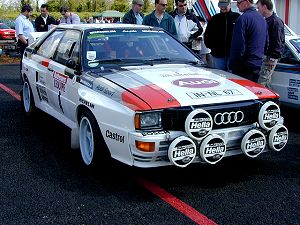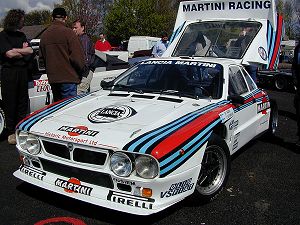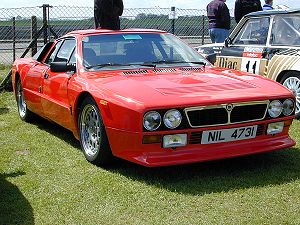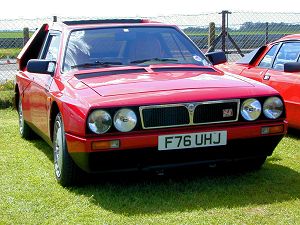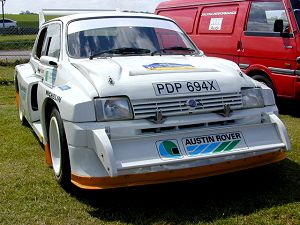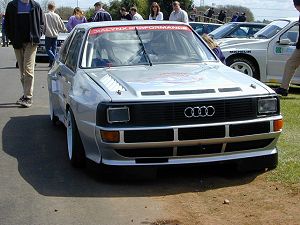|
|
 |
|||||
 |
|||||
 |
|||||
|
|
|
The photographs are Copyright however they are freely downloadable for non-commerical use. Please contact me if you would like to use them for commerical reasons. If you are the owner of a vehicle
featured and you do not wish the photographs/details to be shown then please contact me and I will remove them or edit the registration numbers. |
